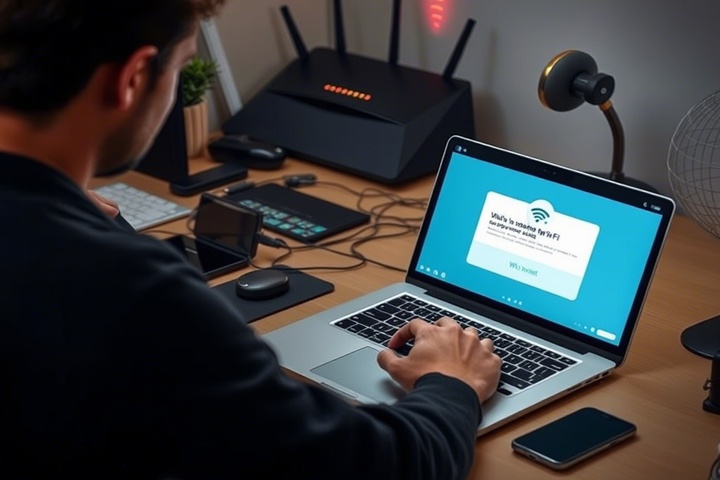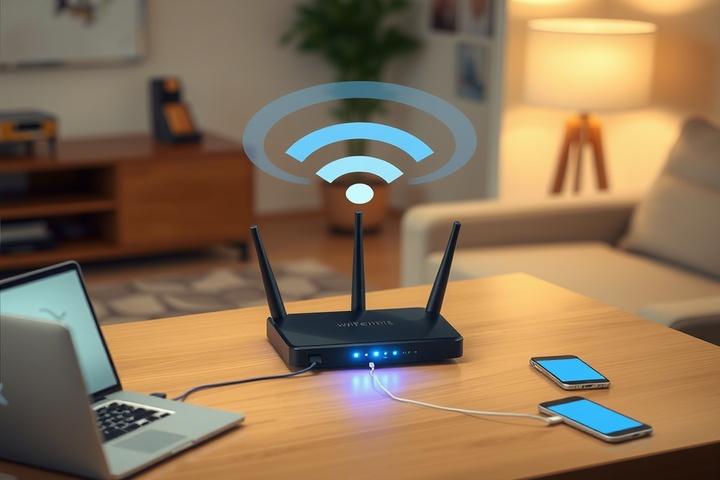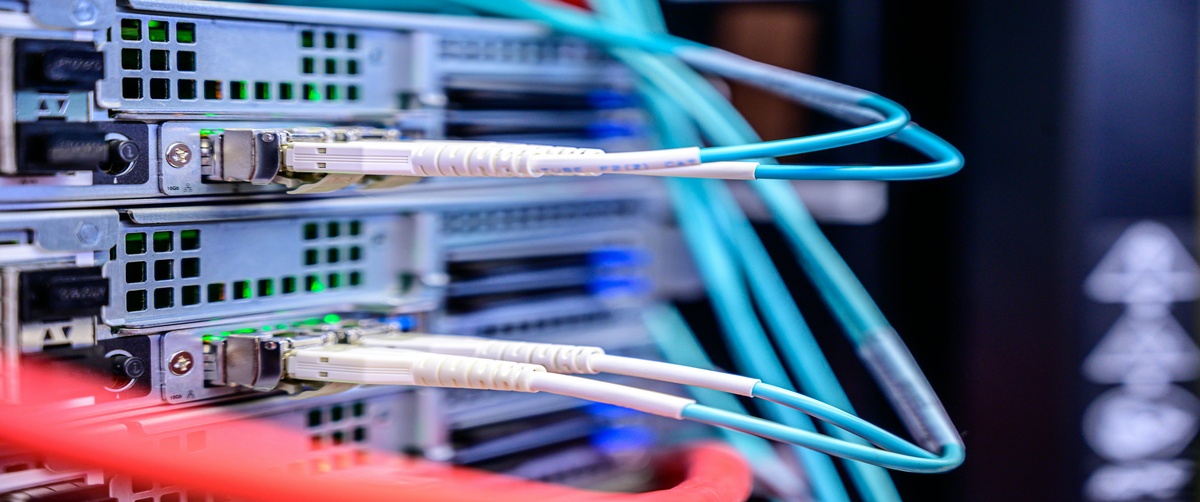When your Wi-Fi is not working just when you most need it, it is most annoying. A Wi-Fi problem might ruin your job, stream, browsing, or reading. Still, most wifi signal issues may be resolved with few short router troubleshooting actions. You should not panic.
This tutorial will assist you in determining the cause of your Wi-Fi problem and offer basic fixes to enable your internet to be back operational.
Common Reasons Why Your Wi-Fi Is Not Working

Let’s first consider the most often occurring causes of a Wi-Fi problem before delving into repairs:
- Router or modem troubles: Connectivity problems may arise from an old or improperly set router.
- Wireless signal interference: Other walls or gadgets could obstruct or diminish the signal.
- Technical issues could be causing disruptions to your internet service provider.
- Overloaded network: The connection may crash or slow down too many devices running the same Wi-Fi.
- Hardware failure: Hardware failure could result from malfunctioning routers, modems, or wires.
Let’s now review the fast ways to address these problems.

Step 1: Restart Your Router and Modem
A simple reboot can solve most Wi-Fi issues. Follow these steps:
- Turn off your modem and router.
- Cut off their electricity for roughly thirty seconds.
- Plug them back in and watch for all the lights to steady.
This clears temporary glitches and refreshes the connection.
Step 2: Check for Internet Outages
If your Wi-Fi is not working, your ISP might be experiencing an outage. To check:
- Visit your ISP’s website or social media page using mobile data to record outages.
- Speak with customer assistance for your ISP.
- To find out whether your internet is slower than usual, run a speed test.
If your ISP is down, you may need to wait for them to fix it.
Step 3: Optimize Your Router’s Placement
A weak wireless signal can cause connectivity problems. To improve your Wi-Fi strength:
- Arange your router in an open, central area.
- Keep it off metal items, walls, and electrical appliances.
- If you have a big house, think about enhancing the signal using a Wi-Fi extension.
This helps prevent Wi-Fi issues caused by weak signals.
Step 4: Update Router Firmware
Outdated router firmware can cause Wi-Fi not working problems. To update:
- Log in to your router’s admin panel (usually via 192.168.1.1).
- Check for a firmware update option.
- Download and install any available updates.
Updating your router ensures better performance and security.
Step 5: Reduce Network Congestion
Too many connected devices can overload your network, leading to a Wi-Fi issue. To fix this:
- Cut off unneeded Wi-Fi connections.
- Limit high-bandwidth uses include gaming and streaming during busy times.
- For key devices, use an Ethernet cable to liberate Wi-Fi bandwidth.
This improves speed and stability.
Step 6: Reset Your Router to Factory Settings
If all else fails, resetting your router can resolve persistent Wi-Fi issues:
- Locate the reset button on your router.
- Hold it down for about 10-15 seconds.
- Set up your Wi-Fi network again after the reset.
This will restore the default settings and may fix any misconfiguration problems.
Get Expert IT Support for Reliable Wireless Connectivity

If your Wi-Fi is not working even after trying these steps, professional assistance can ensure a seamless connection. TechNow offers expert IT Support in Germany, providing advanced router troubleshooting and wireless signal optimization. Contact us today to fix your network issues and enjoy a smooth internet experience!







